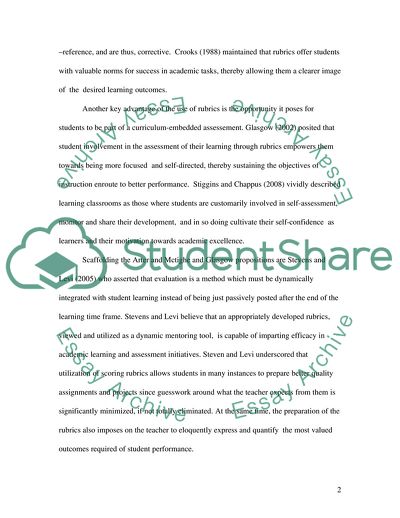Cite this document
(The Positive Influences of Rubrics on Student Performance Case Study, n.d.)
The Positive Influences of Rubrics on Student Performance Case Study. https://studentshare.org/education/1713088-rubrics-and-student-learning
The Positive Influences of Rubrics on Student Performance Case Study. https://studentshare.org/education/1713088-rubrics-and-student-learning
(The Positive Influences of Rubrics on Student Performance Case Study)
The Positive Influences of Rubrics on Student Performance Case Study. https://studentshare.org/education/1713088-rubrics-and-student-learning.
The Positive Influences of Rubrics on Student Performance Case Study. https://studentshare.org/education/1713088-rubrics-and-student-learning.
“The Positive Influences of Rubrics on Student Performance Case Study”. https://studentshare.org/education/1713088-rubrics-and-student-learning.


